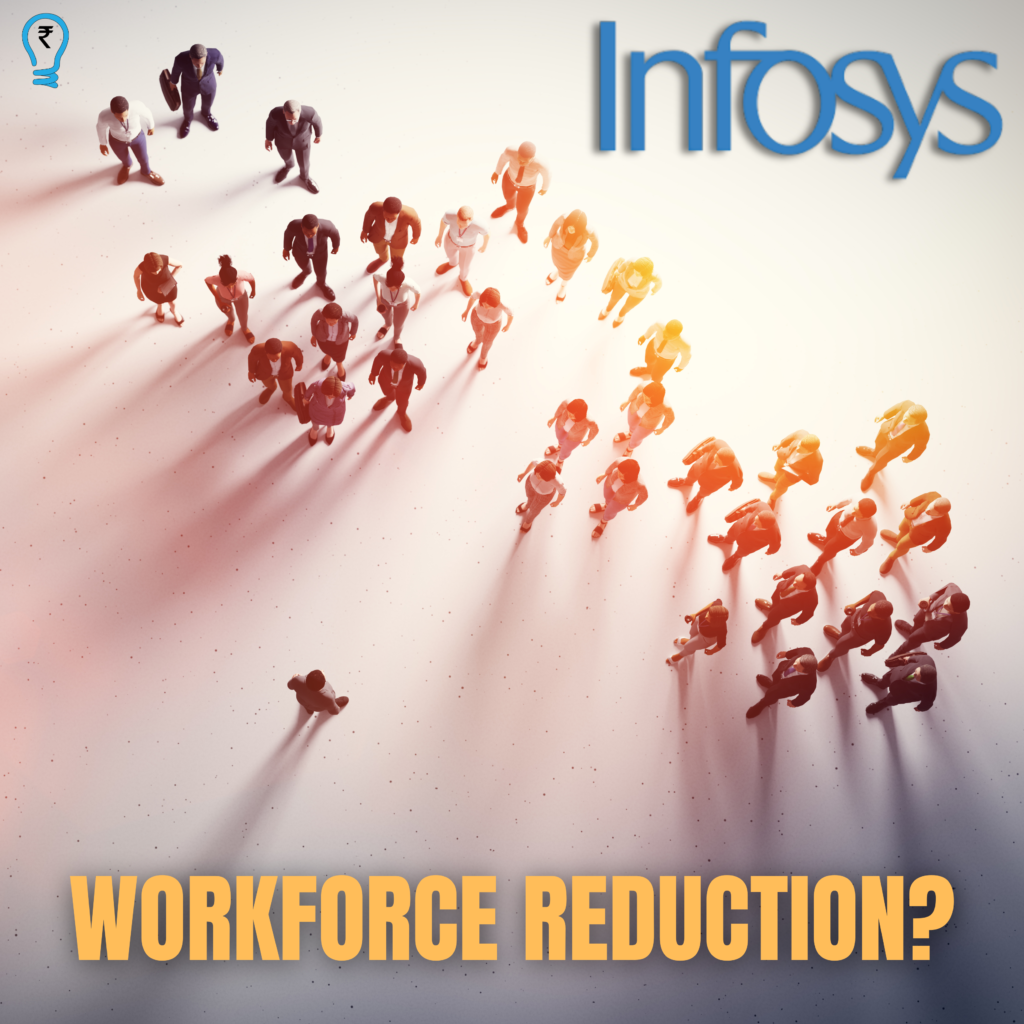India, on August 7th, witnessed a young fleet of aircraft being adjoined to the aviation industry. Backed by the BigBull of Indian equity markets, Mr Rakesh Jhunjhanwala and co-founded by the maestros of the aviation industry Mr Vinay Dube (Former CEO of GoAir) and Mr Aditya Ghosh (Former President of IndiGo), The Akasa has joined the competitive & non-lucrative space to prove its mark. Quoted as a ULCC(Ultra-low-cost carriers) model in the industry, can it sustain in the long-run cost-reward competition?
The Aviation Industry
Modern Aviation traces back to the pre-independence era. The year 1932 to be precise when the business tycoon and renowned philanthropist JRD Tata founded Tata Airlines later renamed Air India in 1946. Post Independence, it was evident and well-known that India was driven by poverty and air travel was a far-fetching dream for most households. The then government was compelled to nationalise the whole Industry and conglomerate under a single roof of Air India. After the Globalisation strategy in the year 1991, East-West Airlines was the first national-level private airline to operate in the country in 1991 and later entered the mega players like Jet Airways and Kingfisher Airlines. Even though the market was getting populated by emerging players, the prices were not pocket-friendly. It was in the year 2003, with the launch of Deccan Air, that prices started to fall from the sky. Then later in 2006, IndiGo and Spicejet started their air carrier services under the segment LCC & ULCC which impacted almost the entire industry.

“A decent airline in the USA charges $100 to travel from New York to Miami whereas an Indian ULCC airline charges Rs.4000-5000 from New Delhi to Bombay (approximately the same distance).”
A Failed Strategy
In pursuit to dominate the country, the classy airlines started acquiring some loss-making ULCCs for instance, Jet Airways acquired Air Sahara and Kingfisher acquired Deccan Airlines. Surprisingly, the ULCC model wasn’t so successful. Neither were the Red and Blue dominators profitable then, and even now. Their belief in mass procurement of the fleet has led Indigo to have procured 300 Airbus A320s in October 2019 and also operate on almost all the routes. Mass operations however, do not always guarantee success. Airlines with wide operations often have to operate few routes with half-crowded planes since cancelling the route will bulldoze their market. A decent airline in the USA charges $100 to travel from New York to Miami whereas an Indian ULCC airline charges Rs.4000-5000 from New Delhi to Bombay (approximately the same distance).
But why do they do so? It is a predatory pricing strategy, where a business entity lowers the prices deliberately and takes up losses to eliminate the competitors in the market. Modern airlines follow the same strategy to dominate the market. These short-term strategies don’t prove healthy competition and increase overhead costs in the long run.
Let us also look at some other external costs and their impact on the strategies employed by airlines.
External Cost Factor
Not all situations are in favour of a business entity, there are some costs which behave as out-of-the-box expenses.
- Fuel Cost: Airlines are the price takers of turbine fuel. The price of the fuel is determined by the global crude oil market and above this, it is heavily taxed in India before reaching the consumers. So, the cost of acquiring fuel is enormous and the harsh reality is they cannot impose the whole cost on the passengers as it would increase the fare. Fuel prices are raised by 83% Y-o-Y September. Airline companies or the segment as a whole do not enjoy the concept of brand loyalty. Wondering why? People shift from Zomato to Swiggy for a Rs.20 price variation, taking the same situation forward for a short-duration trip passengers do not emphasise services, rather they look for inexpensive flights. So, to sustain the competition airlines are indirectly forced to decrease their fare.
- Security concerns: Airlines in India are scrutinised by DGCA for their performance and passengers’ safety. So, airlines are expected and are incurring heavy costs before departure to fulfil the compliances of the authorities.
- Heavy Fixed costs: Airlines incur heavy fixed and variable costs in their tenure. Fixed costs such as leasing costs and parking costs are heavily levied on airlines. This is a challenging situation for the airlines as most of the time, covering the variable cost isn’t possible and dealing with the fixed cost is out of the picture. The inventory of the airline is the seating capacity of the flight. If the seats are not fully booked airlines have to operate on a half-filled flight. This decreases the revenue as well as the earnings per seat of the aircraft. In case of cancellation of a flight due to some uncertainties, airlines have to incur the fixed cost of parking before departure and have to refund the revenue which further increases their expenses.
Now that we have covered the external cost factors, we move ahead to take a look at some of the miscellaneous factors that play a role in airline strategies.
The Monsoon Terror
Airlines face a dreadful time during monsoons. Travellers avoid taking air routes during monsoons because of frequent cancellations or re-routes. It’s an additional cost for the airlines to provide the passengers with accommodation and flight for the next day. An average flight ticket costs about Rs.4000 in India and if the flight gets rerouted because of unfavourable weather, the airlines are compromising revenue worth of Rs.4000 on the next flight arranged and are also compelled to bear the cost of accommodation (Rs.4000 on an average). So, the flight companies are paying Rs.8000 per person on average on the account of bad weather. This hampers the profitability of carrier companies.
The Diwali Bonanza
The Indian festive season also has an effect on the air fare and thus the airlines. The Air ticket price had increased by 20-30% on the basis of routes during this festive season. This leap by the airlines is owing to recent fuel hikes and monsoon attacks. Air traffic is also expected to grow by 35% Y-o-Y during the festive season, so these companies are in the game of tit-for-tat to cover the losses incurred during the rest of the year. It was reported that airline charges were on a hike for the direct return tickets booked from 22nd-31st October 2022. (source: The Times of India)
Adding more to this, India is a country of diversity and festivals having a common festive season during the autumn months which is why air traffic was projected to rise by 27% from late September to mid-October.
The Pandemic and How It has altered the situation
Ever since the first wave of the novel Coronavirus, the pandemic has become a default factor to be taken into consideration when analysing any industry. With regard to this, an obvious reason for the increase in prices is because of the upliftment in international travel and reduction in the travel protocols after months of complete lockdown. Apart from that, the Ministry of Civil Aviation removed the limits on flight charges after a long duration of 27 months.

“With the recent demise of the backer, Rakesh Jhunjhanwala, will this company be a little wobbled? There are lots of questions lined up for the newbie. All we can do is wait and see whether Akasa will be able to sustain in an often unremunerative space.“
Conclusion
Akasa, being the latest infusion into the segment will have to sustain the hefty losses incurred due to uncertainties. With a fleet size of 7 Boeing 737 max and 340 crew members, it is far from over to make conclusions about its success or otherwise. In a recent report by the CEO, Aditya Ghosh it is concluded that Akasa plans for massive expansion with 54 planes of Boeing 737 max 800 till the end of 2023. The neonate also reported that it has conquered a 0.9% of the market share in domestic air traffic. But with the recent demise of the backer, Rakesh Jhunjhanwala, will this company be a little wobbled? There are lots of questions lined up for the newbie. All we can do is wait and see whether Akasa will be able to sustain in an often unremunerative space.

Karthik Bodha
MemberDeepseek: A journey from Hedge Funds to AI
Introduction: In this busy and bustling day to day life of ours managing our Finances…
Beyond Numbers: The Human Cost of Infosys’ Layoffs and the Global Normalization of Workforce Reduction
A Familiar Script: Infosys and the Corporate Playbook of Disposable Labor: On February 7, 2025,…
Understanding Tariffs and Their Impact on India
What Are Tariffs? Tariffs are taxes governments levy on foreign imports to make the goods more…
The Economics of Player Transfers in Football
Introduction: In the world of football player transfers are more than just transactions, they are…
Session 5
Session 5- Unraveling Equity Derivatives: Insights from the Fifth Development Session The Fifth Development Session…
An Attempt To Deteriorate The Creditworthiness of Indian Entities
Introduction: The growth story of India in almost every sector is not alien to the…







